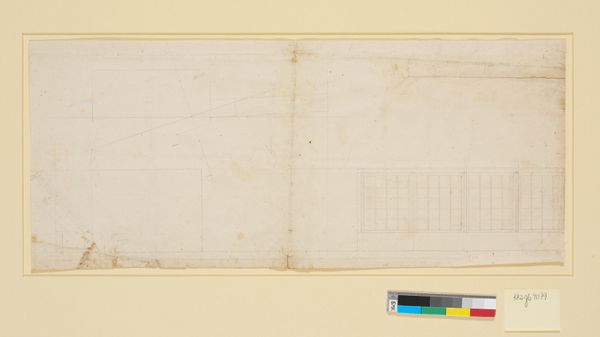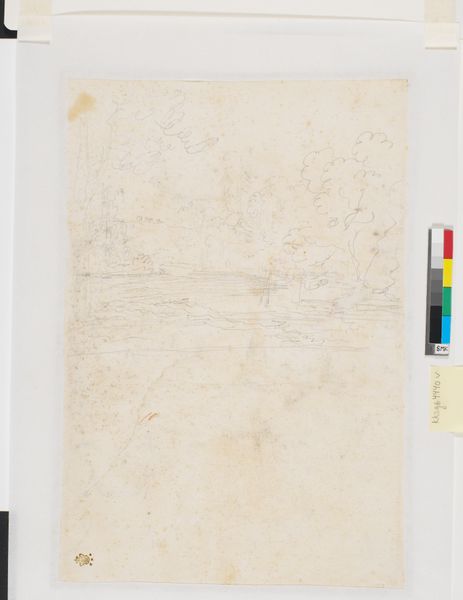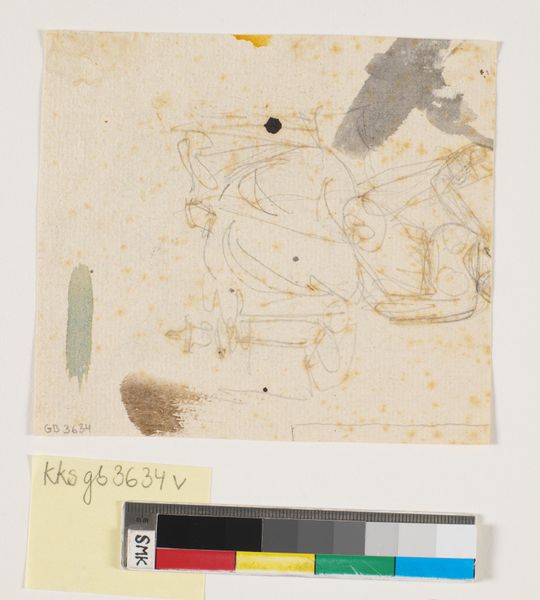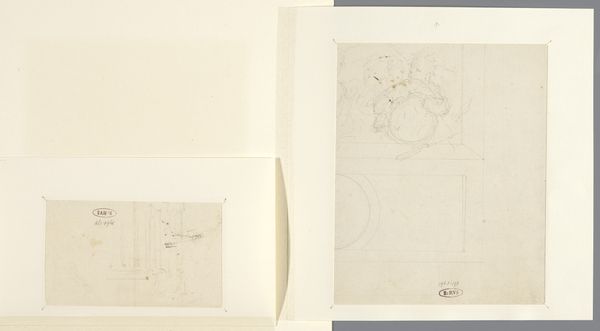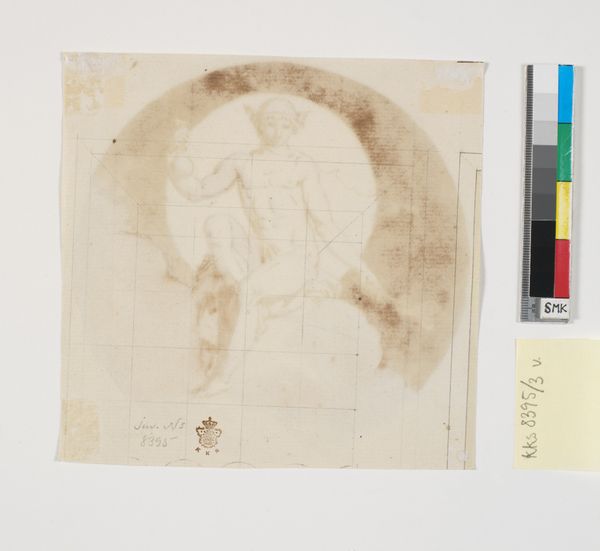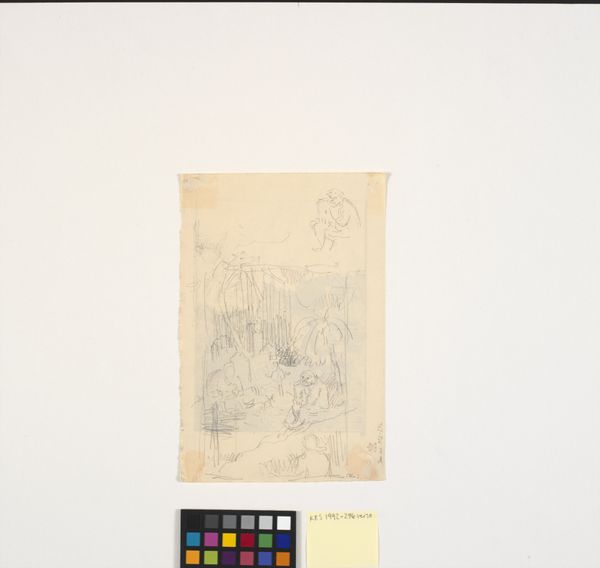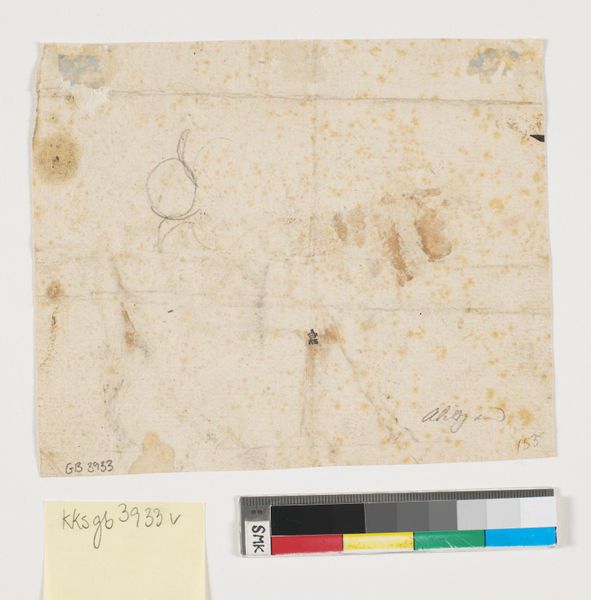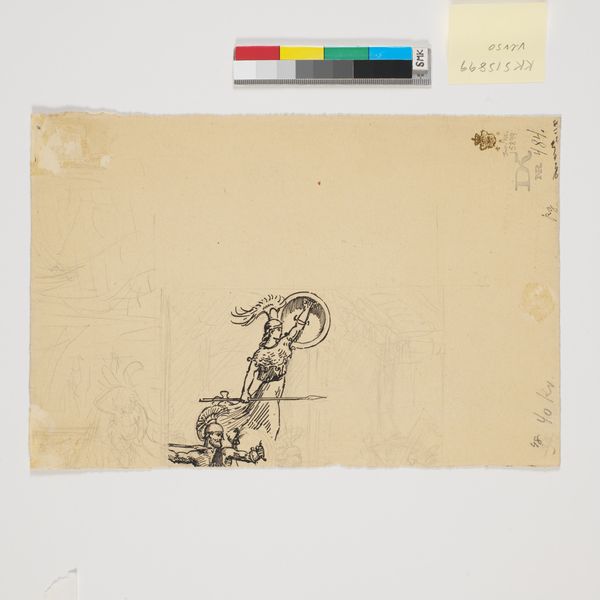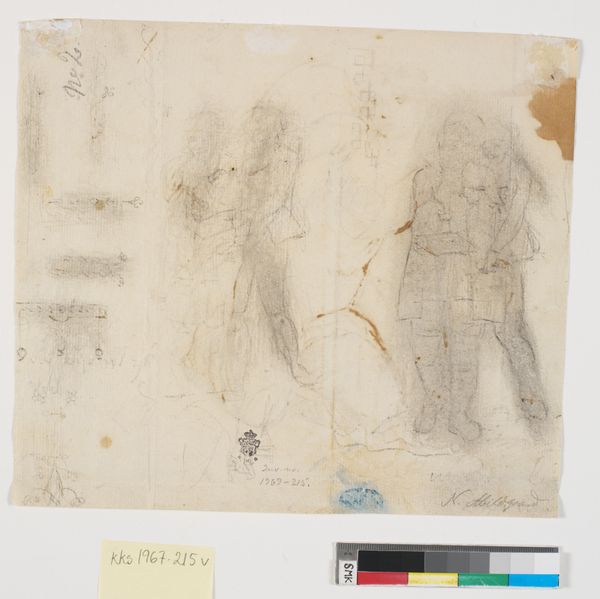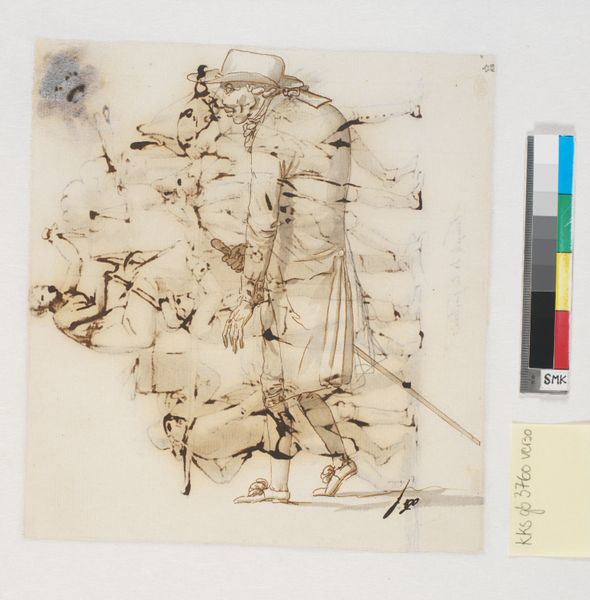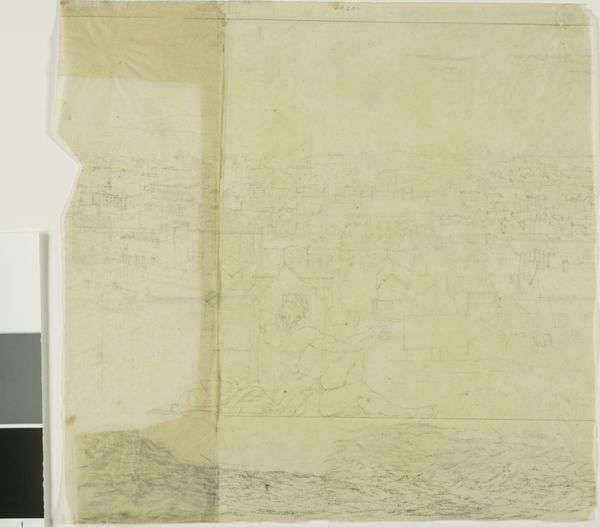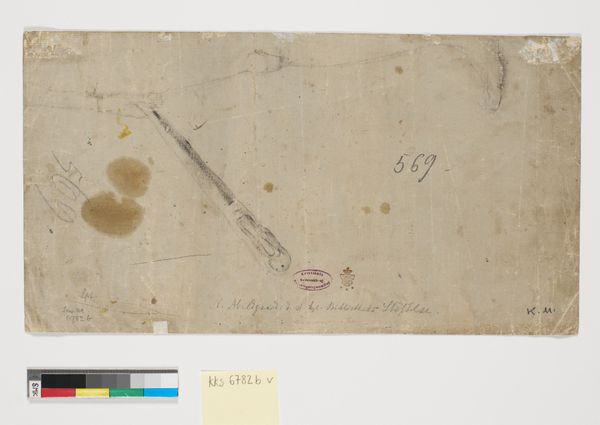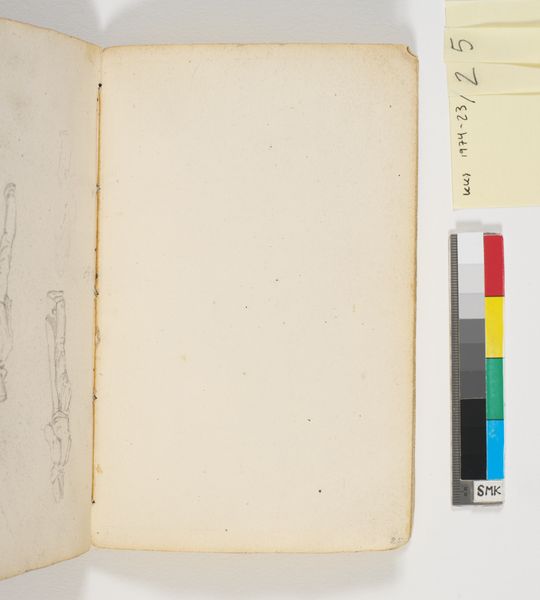
En søjleopstilling til audienssalen på Amalienborg 1743 - 1809
0:00
0:00
drawing, architecture
#
drawing
#
neoclacissism
#
form
#
line
#
architecture
Dimensions: 191 mm (height) x 236 mm (width) (bladmaal)
Editor: This is a drawing by Nicolai Abildgaard, "En søjleopstilling til audienssalen på Amalienborg," created sometime between 1743 and 1809. It looks like a study for a column, very precise with clean lines. It feels incredibly formal and imposing. How do you interpret this work within the context of its time and place? Curator: This meticulous rendering offers a glimpse into the aesthetic ideologies underpinning power in late 18th-century Denmark. Neoclassicism, with its revival of Greco-Roman forms, wasn't merely about architectural style; it was a visual language of order, reason, and authority adopted by ruling elites across Europe. Consider Amalienborg Palace—who did it serve, and what message did its design project to both its inhabitants and the public? Editor: So, the columns aren't just columns; they're symbols of power? Curator: Precisely. And Abildgaard, as a leading artist of his time, was complicit in shaping that symbolism. Think about how the emphasis on perfect proportions and symmetry in Neoclassical architecture mirrored contemporary social hierarchies. Who was included, and more importantly, who was excluded from this vision of "perfect" society? Where do we locate the drawing within debates concerning the rise of absolutism and challenges to its authority in that era? Editor: I guess I hadn't considered the drawing as a political statement. It feels very distant from contemporary struggles. Curator: Yet, tracing the lineage of these aesthetic choices and the power structures they supported is crucial. How do these historical visual languages continue to resonate, subtly shaping our perceptions of authority, governance, and even national identity today? It prompts us to be critical viewers. Editor: I see your point. It’s more than just a drawing of a column; it’s a reflection of societal values and power dynamics. I’ll definitely look at architectural drawings differently now. Curator: Excellent. And hopefully, question whose stories are being told – and whose are being omitted – in the structures that surround us.
Comments
No comments
Be the first to comment and join the conversation on the ultimate creative platform.
